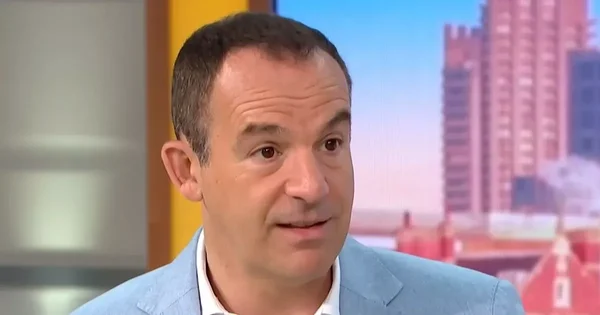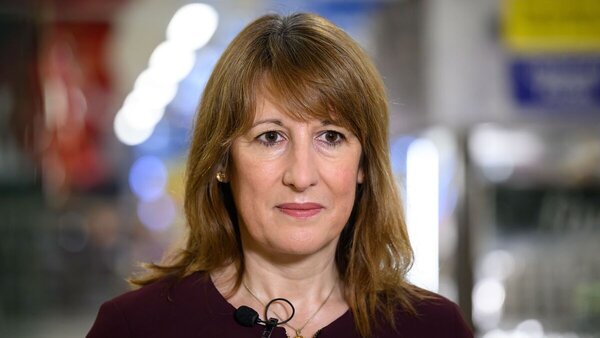Let’s Get Started...
Gift Aid and higher-rate tax might not sound like a thrilling combo, but if you’re a generous giver who pays 40% or 45% income tax, knowing the rules can save you real money.
Charities already reclaim basic-rate tax on your donations, but there’s extra relief waiting for you, if you record it correctly. This guide explains everything UK higher-rate taxpayers need to know about declaring Gift Aid on their 2024/25 Self Assessment, from the key benefits to the simple steps that keep more cash in your pocket.
What is Gift Aid and how does it work?
Gift Aid is a tax relief scheme that allows UK charities to claim an extra 25p for every £1 you donate. This costs you nothing extra but makes a huge difference to charities.
Donors must be paying enough income tax or capital gains tax to cover the Gift Aid claimed by all charities in the tax year. Council tax and other taxes like VAT or Inheritance Tax do not count towards this requirement. For basic rate taxpayers, that’s the end of the story. The charity gets the extra money, and you don’t need to do anything else. However, when filling out the Gift Aid declaration, it’s essential to complete the form correctly to ensure your claim is valid.
If you are making a donation on behalf of someone else or a group, different eligibility rules may apply, so check with the charity. But if you pay tax at higher rates (40% or 45%), there’s more tax relief available to you personally - and that’s where Self Assessment comes in. Higher and additional rate taxpayers can claim the difference between their higher rate and the basic rate through their Self Assessment tax return, maximising their tax relief.
Additional rate taxpayers can also maximise their tax relief by declaring donations on their tax return. Not all payments to charities qualify for Gift Aid. For example, purchasing raffle tickets does not count as a donation for Gift Aid purposes. Pie tax makes managing your Gift Aid donations simple and stress-free. Our app tracks your charitable giving throughout the year, so you never miss out on the tax relief you deserve. Or if you’re just here to get to grips with it all, let’s break it down!

Do higher rate taxpayers need to declare Gift Aid donations?
Yes, higher rate taxpayers must record their Gift Aid donations on their Self Assessment tax return. It’s not optional if you want to claim the additional tax relief you’re entitled to.
While the charity claims the basic 20% tax relief, higher rate taxpayers and additional rate taxpayers can claim the difference between their higher rate tax and the basic rate. This relief is the difference between your higher rate tax and the basic rate. In some cases, the higher rate tax relief can also be reflected in your tax code, reducing the amount of tax withheld at source.
Without declaring these donations, you’re effectively leaving money with HMRC that could be yours. It’s like forgetting to pick up change you’re owed! HMRC doesn’t automatically know about your charitable giving. They can’t give you the relief unless you tell them through your tax return.
Basic rate taxpayers don’t need to include Gift Aid donations unless specifically asked by HMRC or in unusual circumstances. Both higher rate and additional rate taxpayers should declare Gift Aid donations to maximise their tax relief.
How to record Gift Aid donations on your tax return
Recording your Gift Aid donations is straightforward. Find the “Charitable giving” section in your Self Assessment (usually in the “Tax reliefs” area). Filling out the Self Assessment form accurately is important to ensure your Gift Aid claims are processed smoothly.
You’ll need to enter the actual amount you donated, not including the Gift Aid amount the charity reclaims. So if you donated £800, that’s what you record. Be sure to include donations made in the current year.
Make sure you keep records of all your donations throughout the tax year. Donors should maintain accurate records of their donations, including receipts and Gift Aid declarations, to ensure compliance and make claiming tax relief easier.
To be eligible for Gift Aid, you must be paying enough tax to cover the amount the charity will claim back from HMRC.
HMRC might ask for evidence of your donations. They may also request proof of taxes paid to support your Gift Aid claim. Keep those receipts and Gift Aid declarations for at least six years after the relevant tax year.

What tax relief can higher rate taxpayers claim?
If you’re a higher rate tax (40%) payer, you can claim back the difference between your higher rate and the basic rate, an additional 20% tax relief on the gross value of your donation. Additional rate taxpayers (45%) can also claim the difference between their rate and the basic rate, which is 25%, through Self Assessment.
Let’s look at a quick example: You donate £800 to charity. With Gift Aid, the charity receives £1,000 (your donation plus £200 basic rate relief). If you’re a 40% taxpayer, you can claim an additional £200 relief through your Self Assessment. For a 45% taxpayer, that becomes £250.
You can claim this relief for donations made in the current year, and you may also be able to claim for donations made in the previous year if you missed out. Some taxpayers may have their relief reflected in their tax code, which can reduce the amount of tax withheld at source. This relief either reduces your tax bill or comes back to you as a refund if you’ve paid too much tax during the year.
I once forgot to claim Gift Aid relief for three years of regular donations. When I finally sorted it out, I received nearly £900 back from HMRC – a pleasant surprise that funded a much-needed holiday!
Common mistakes when recording Gift Aid in Self Assessment
A frequent error is entering the wrong amount. Remember to record what you actually paid, not the amount including Gift Aid that the charity receives. Filling out the form correctly is essential to ensure your Gift Aid claim is valid and processed smoothly.
Many people forget to tick the Gift Aid box when making donations. This means the charity can’t claim the basic rate relief and you can’t claim higher rate relief.
Incomplete record-keeping throughout the year is another pitfall. By the time you do your tax return, you might have forgotten some donations. Missing the Self Assessment deadline (31 January) means you could face penalties, even if HMRC owes you money for your Gift Aid tax relief.
If you move house, update your address with charities where you’ve made Gift Aid declarations. Donors must keep their personal details up to date with charities to ensure their Gift Aid declarations remain valid. Donors should also update their tax status with charities if their circumstances change, as eligibility and tax benefits depend on accurate information.
To be eligible for Gift Aid, you must be paying enough income tax or capital gains tax to cover the amount the charity will claim. Council tax does not count towards the taxes needed for Gift Aid eligibility, and this is a common misconception. Only certain UK taxes, such as Income Tax and Capital Gains Tax, qualify for Gift Aid purposes. Purchasing raffle tickets does not qualify for Gift Aid and is a common mistake. Raffle tickets are treated differently from direct donations and do not count as eligible charitable donations for tax relief.

Special considerations for higher rate taxpayers
Large donations might push you into a lower tax band for that year, affecting how much relief you can claim. Tax planning around substantial giving can be worthwhile, especially for higher and additional rate taxpayers who can maximise their tax relief through proper Gift Aid declarations.
You can carry back Gift Aid donations from the current year to the previous tax year if they’re made before you file that year’s tax return. This can be useful for tax planning. Payroll Giving works differently. Donations are taken from your pre-tax salary, so you get full tax relief immediately and don’t need to claim it back.
Non-monetary donations like shares, land or property have different rules for tax relief. These require specialist advice. If you make a donation on behalf of a group or third party, eligibility for Gift Aid or tax relief may be affected, so check the rules carefully. You can choose to have your additional tax relief reflected in your tax code, which may reduce the amount of tax withheld at source.
To qualify for Gift Aid, you must pay at least as much Income Tax and/or Capital Gains Tax as the amount of Gift Aid claimed on all your donations that tax year. Accurate donor information is essential, and donors should update their personal details, such as address or tax status, to ensure eligibility and proper record-keeping.
Final Thoughts
Gift Aid is a win-win - charities get extra funding, and higher rate taxpayers get valuable tax relief. But you must declare it properly to benefit fully.
Good record-keeping throughout the year makes everything easier when tax return time arrives. Consider setting up a simple tracking system for your donations.
The tax relief on Gift Aid is substantial for higher rate taxpayers. It effectively means your chosen charities get more while your net contribution costs you less.
With a bit of organisation and by including Gift Aid donations in your Self Assessment, you support causes you care about while ensuring you don't pay more tax than necessary.
Pie tax: Simplifying Do higher rate taxpayers need to record Gift Aid in Self Assessment? Tax
Managing Gift Aid in your tax return is hassle-free with Pie tax, the UK's first personal tax app. Our intuitive interface makes recording charitable donations quick and painless.
As you enter each donation, our real-time tax calculator instantly shows how it affects your tax position. You'll see exactly how much relief you're entitled to without complex calculations.
The app keeps all your charitable giving organised in one place, making it easy to track throughout the year. No more scrambling for receipts when the January deadline looms.
Pie tax seamlessly integrates with HMRC systems, ensuring your Gift Aid declarations are properly recorded. Your higher rate relief is accurately claimed on your Self Assessment.
Want to see how much tax you could save on your charitable donations? Explore the Pie tax app today to see how it works.











